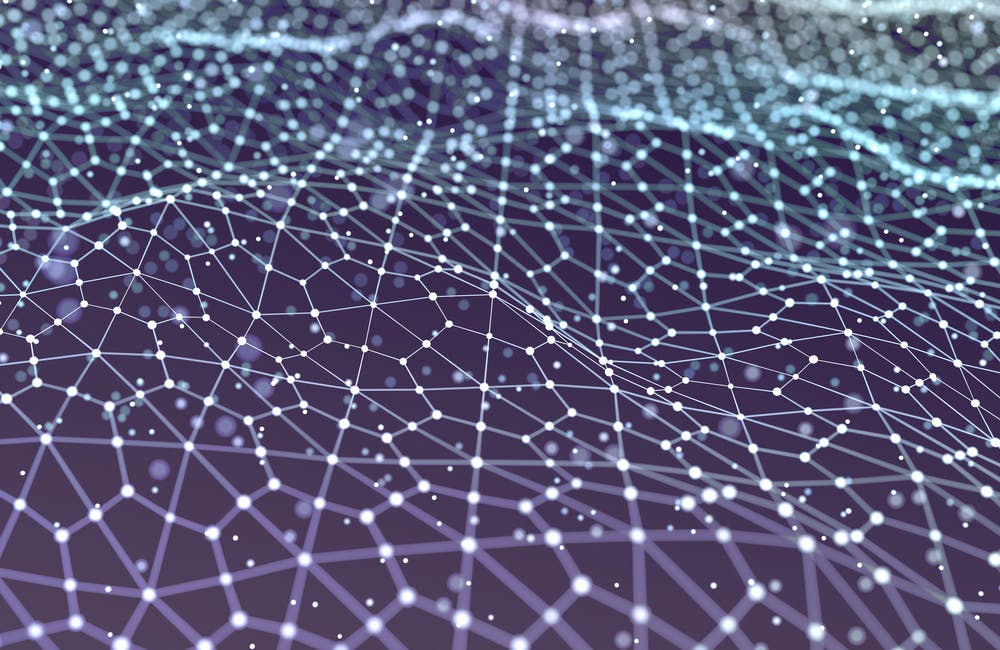Human Capital makes up 70% of most companies’ expense line, and people are a company’s most valuable asset. With the proper data, finding the best candidate for a job is strategic, more efficient, cost-effective, and not to mention objective, which is why employers are turning to AI in a critical market need. In its advanced stages, machine-learning algorithms can do more than surface the most qualified candidates for an interview; they can identify shortcomings. Finding a potential candidate’s weaknesses is almost as important as finding their strengths.
A match for “sales” only tells HR that “sales” is on the resume, it doesn’t say anything more. Recruiters care about career arc, gaps in resume, schools, and certifications as it relates to the particular job. This is where AI supports the hiring process because it can learn to identify candidates that are suitable for a task but not good for a company.
For example, a marketing manager may be a great fit for a specific responsibility such as content marketing, but if their industry knowledge is oil and gas and the position is for software marketing, then there is a disconnect. Marketing is different across industries, which is why Microsoft is less likely to hire a marketer from Ford, and AI can tease this out of resumes and job seeker’s applications. Similarly, a degree from the University of Oklahoma’s business school may be better than one from Harvard Business School when applying to Exxon’s Oil and Gas production division.
Hiring AI can infer skills and associated abilities that don’t show up on a resume; if the job seeker has Marketo on their resume the software understands that the candidate can pick up Hubspot because the two are both marketing software platforms. It can also stack titles against a job seeker’s work experience, if a job calls for five years of experience, AI can identify a candidate’s entire career and determine how much of that experience relates to the job posting.
And it’s getting smarter.
Finding these weaknesses can ensure that companies are securing top talent for the job description, but this process starts with improved job descriptors. The job description is a notoriously poorly-written document. Regularly it’s copied and pasted from other descriptions, and when this is done routinely, many times the depiction becomes less succinct. Further, there aren’t many standards or practices put in place regarding whose responsibility it is the write the job description, which means many times the best writers with the strongest persuasive writing techniques aren’t engaged in the process. Not to mention that unconscious bias plays a role here too. Most job descriptions, like most corporate documents, are written from the male perspective and do not speak to women.
Writing a job description is part science, part art, and hiring software can do a better job fostering creativity and connecting people if it knows precisely what it’s looking for. As AI learns from job rubrics, eventually not only will the software be able to identify weakness, but it will have the capability of analyzing factors like creativity, integrity, and innovation with a thoroughly trained algorithm. Companies can build stronger descriptors by utilizing bullet points, starting sentences with action verbs, using different headers, and being clear with required skills (“Hubspot experience” is preferable over “marketing automation experience”).
For now, AI can only tell you who to interview, but it can’t tell you who to hire. But stay tuned, I bet we could teach it that too.
